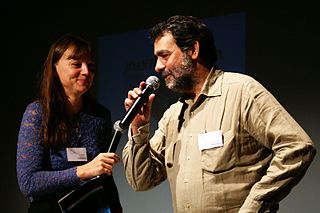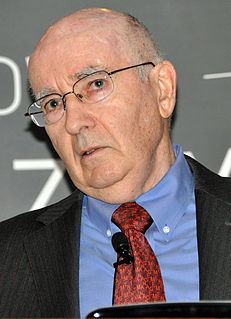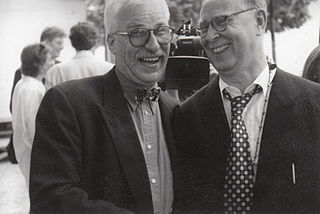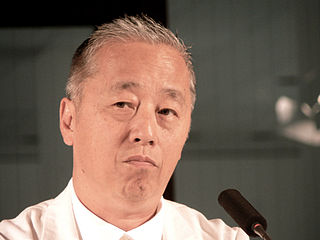A Quote by Martin Parr
We are drowning in images. Photography is used as a propaganda tool, which serves to sell products and ideas. I use the same approach to show aspects of reality.
Related Quotes
Are you a person—with volition and maybe some stubbornness and at least the capacity if not the actual determination to do something surprising—or are you a tool? A tool just serves its user. It’s only as good as the skill of its user, and it’s not good for anything else. So if you want to accomplish something special—something more than you can do for yourself—you can’t use a tool. You have to use a person and hope the surprises will work in your favor. You have to use something that’s free to not be what you had in mind.
I'm proposing to you that photography is a language on its own, which is that when you look at images you do derive ideas; and I'm also proposing to you that you can derive ideas without going through words. So I'm forcing you to really look. And this process of looking, it's like a new set of ideas that are being proposed to you.
Humans have changed the landscape so much, but images of the sea could be shared with primordial people. I just project my imagination on to the viewer, even the first human being. I think first and then imagine some scenes. Then I go out and look for them. Or I re-create these images with my camera. I love photography because photography is the most believable medium. Painting can lie, but photography never lies: that is what people used to believe.
A war film can be propaganda and they're very valuable as propaganda, as we realized in Britain in the Second World War. Film as propaganda is a very valuable tool. It can also demonize, which is the dangerous side of a war film as propaganda. But there are war films that are not propaganda. It's just saying 'This is what it's like.' For 99 percent of us we don't know what it's like. We have no idea. So to reveal that to the audience is powerful.
Part of the role of photography is to exaggerate. Most of the photographs in your paper, unless they are hard news, are lies. Fashion pictures show people looking glamorous. Travel pictures show a place looking at its best, nothing to do with the reality... Most of the pictures we consume are propaganda.


































